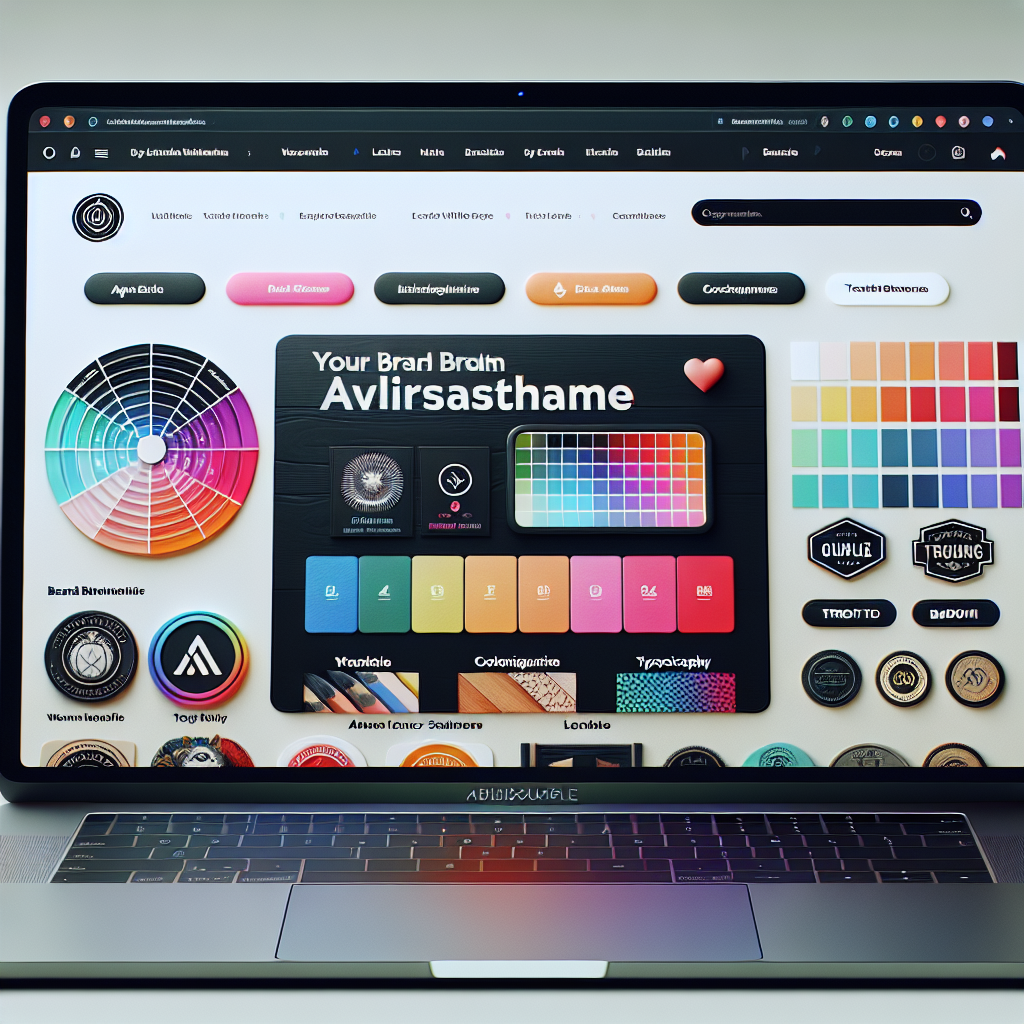Why Brand Identity Matters for Affiliate WordPress Themes
In the competitive affiliate ecosystem, a clear brand identity is the difference between a site that blends in and one that builds trust, drives clicks, and generates repeat visitors. For site owners using WordPress themes tailored to affiliate marketing, brand identity covers more than a logo: it includes visual design, tone of voice, content structure, and the small UX details that signal credibility to users and partners.
Core Elements of a Strong Affiliate Brand
1. Visual Identity
Visual identity starts with a cohesive color palette, typography, and a logo that scales well across hero areas, widgets, and product comparison tables. When choosing visuals for an affiliate WordPress theme, favor clarity and hierarchy: headline fonts should be legible, CTAs should contrast, and imagery should support product context rather than distract.
2. Voice and Messaging
Your voice should align with your niche and audience. An authoritative, detail-focused tone works well for tech and finance affiliates, while a friendly, aspirational tone may be better for lifestyle verticals. Consistent microcopy—CTA text, product disclaimers, and review summaries—reinforces brand recall.
3. UX and Trust Signals
Trust is everything in affiliate marketing. Include clear disclosure statements, visible review dates, author bios, and evidence like screenshots or video. Use layout patterns that visitors recognize: comparison tables, pros/cons lists, and clear CTA placement. Fast performance and mobile-responsiveness are also brand attributes: a slow theme damages perceived reliability.
Design Patterns That Improve Conversions
Design should nudge behavior without feeling manipulative. Here are actionable patterns to bake brand identity into conversion paths:
- Consistent CTA styling: Use a single primary CTA color and one supporting color for secondary actions across the site.
- Hero with clear value: The hero area should answer “Why this product matters” in one sentence and point to the main CTA.
- Visual proof: Integrate badges, real user photos, or short video clips near purchase links.
- Readable comparisons: Comparison tables should be scannable, with bolded key differences and consistent icons.
Content Strategy: Aligning Brand and SEO
Content is the vehicle for brand identity. On affiliate sites, reviews and product guides must be accurate, transparent, and helpful. Use an editorial structure that supports both search visibility and user confidence: concise summaries, full pros/cons, use-case sections, and a clear call-to-action that matches the intent of the page.
When showcasing products, real-world examples are persuasive. For instance, reviewing a premium laptop can illustrate how design and spec clarity create trust; see an example approach in Razer Blade 15 2018 H2 Review, where structured specs and honest performance notes boost credibility. Use such models to craft your own editorial templates.
Branding Across the Customer Lifecycle
Brand identity shouldn’t stop at the click. Post-click experiences and retention strategies extend brand equity over time:
- Post-click consistency: Landing pages and affiliate flows should match the referring page’s design and messaging to avoid cognitive friction.
- Email and remarketing: Follow-up emails and ads should use the same voice and visual cues.
- Customer relationship management: Integrating CRM best practices helps turn one-time visitors into loyal readers. For deeper retention strategies specifically tailored to affiliate WordPress sites, explore CRM Strategies for Affiliate WordPress Sites: Build Loyalty and Retention.
Monetization, Payments, and Brand Trust
How you present affiliate links and payment pathways affects user trust. Transparent labeling of affiliate links and clear information about subscriptions or recurring payments prevents surprises and reinforces integrity. If you offer budgeting or payment guidance as part of your content, link to reputable resources that explain modern card management and personal finances—this helps readers feel safe taking purchase action. For example, practical advice on how to use Remember Smart for multiple cards and personal finance can support articles in financial niches without introducing conflicting external marketing messages.
Applying Brand Identity to WordPress Theme Design
When building or customizing an affiliate WordPress theme, think modular and reusable. Create theme blocks for:
- Hero + product snapshot
- Specification and comparison blocks
- Review score and testimonial widgets
- Disclosure and affiliate badge components
Templates that combine these blocks make it faster to maintain a consistent brand across hundreds of posts. Prioritize accessibility: color contrast, ARIA labels for interactive elements, and keyboard navigation all contribute to a more professional brand image.
Measuring Brand Impact
Brand identity is measurable. Track qualitative and quantitative metrics:
- Engagement: Time on page, scroll depth, and repeat visits indicate content resonance.
- Conversion quality: Measure clicks through to merchants and post-click actions like trial signups.
- Brand signals: Direct traffic and branded search queries reflect growing recognition.
Combine analytics with user feedback surveys and on-site polls to uncover gaps in clarity or trust.
Practical Checklist to Strengthen Your Brand Today
- Audit your color palette and typography for consistency across devices.
- Create an editorial template for every review type (short review, long-form guide, comparison).
- Implement consistent CTAs and disclosure wording site-wide.
- Add visible trust elements: author bios, research methodology, and product testing notes.
- Document brand voice guidelines and train everyone who publishes content.
Conclusion
Brand identity is a strategic asset for affiliate WordPress sites. It accelerates trust, supports conversions, and makes scaling content far more efficient. By aligning design, voice, UX, and post-click experiences, you create a consistent, memorable presence that benefits both users and affiliate partners. Start small—standardize one template—and iterate from there to build a brand that converts and endures.



